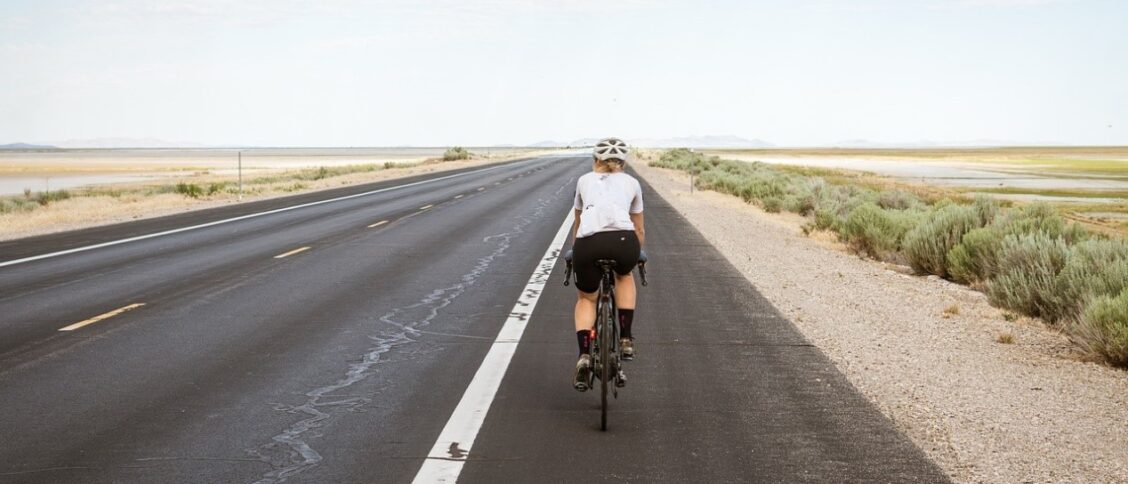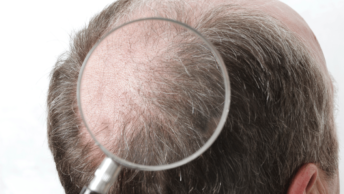Cycling is not just a mode of transportation – it’s a fantastic way to stay active and maintain good health! But as you hit the open road or navigate your local bike trails, safety should always be a top priority. That said, how can you make sure you are adequately protected when you ride your bike, either on city roads or country lanes? Here are some essential tips for protecting yourself while cycling for the sake of your health.
Gear up!
Before you embark on your cycling adventure, make sure you’re properly geared up. Safety gear is crucial for your protection. Here are some key items to remember:
1- Helmets save lives
Wearing a helmet is non-negotiable. A well-fitted helmet can prevent head injuries in case of accidents. Look for a helmet that meets safety standards and provides a secure fit. Also, wearing a helmet and other safety gear will show that you take safety seriously – especially if you are injured and need to file a bicycle accident claim!
2- Reflective clothing and lights
If you’re cycling in low-light conditions, it’s imperative to make yourself visible to others. You should invest in reflective clothing and use front and rear lights on your bike. These will help drivers and pedestrians notice you from a distance.
In addition, protect your hands and knees with gloves and pads, especially if you’re mountain biking or engaging in off-road cycling. These accessories can help prevent scrapes and bruises.
Choose the right bike
Picking the right bike is more than a style statement; it’s about safety and comfort. Consider the following factors:
- Bike fit matters
Ensure your bike is the right size for your body. A well-fitted bike will provide better control and reduce the risk of strains and discomfort during long rides.
- Tyre maintenance
Regularly inspect and maintain your bike’s tires. Proper inflation and tread condition are essential for stability and grip, especially on wet or uneven surfaces.
- Brake check
Your bike’s brakes should be in excellent working condition. Test them regularly to ensure they can stop you effectively when needed.
Strictly follow road rules
When you’re out on the streets or sharing pathways with pedestrians, it’s important to obey traffic rules and be a responsible cyclist:
- Obey traffic signals
Stop at red lights, yield at stop signs, and use hand signals to indicate turns. These simple actions can prevent accidents and keep you safe.
- Stay in your lane
You should also use designated bike lanes when available and ride in the same direction as traffic flow. Avoid weaving in and out of cars, as it can be unpredictable and dangerous.
- No distracted riding
Just as you would avoid distractions while driving a car, avoid using your phone, listening to loud music, or engaging in any activities that divert your attention from the road while cycling.
Be mindful of road conditions
The environment you’re cycling in can change rapidly, so it’s essential to stay vigilant and adapt to your surroundings:
1- Weather watch
Check the weather forecast before heading out. Rain, snow, or ice can make roads slippery, reducing your bike’s grip and increasing the chances of skidding.
2- Road hazards
Keep an eye out for potholes, gravel, and other obstacles on the road. These hazards can easily cause accidents, so it’s crucial to stay alert and navigate around them safely. Happy biking!







